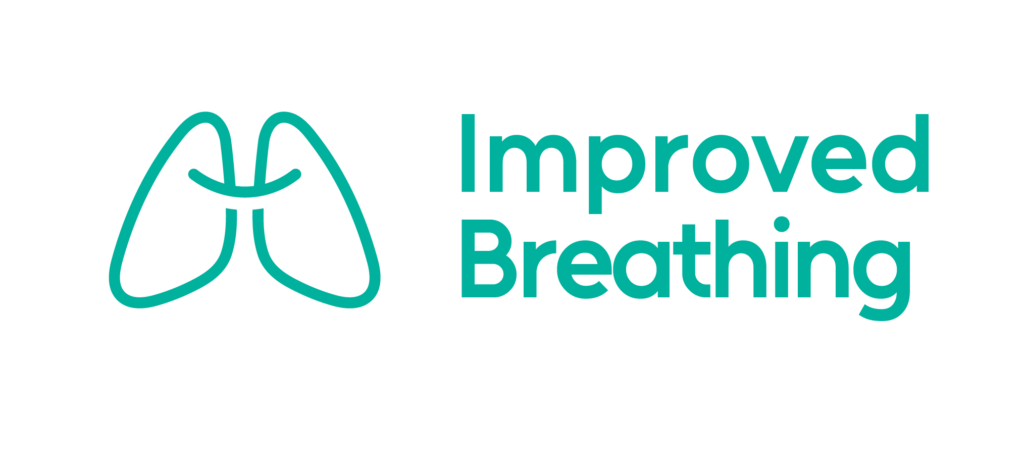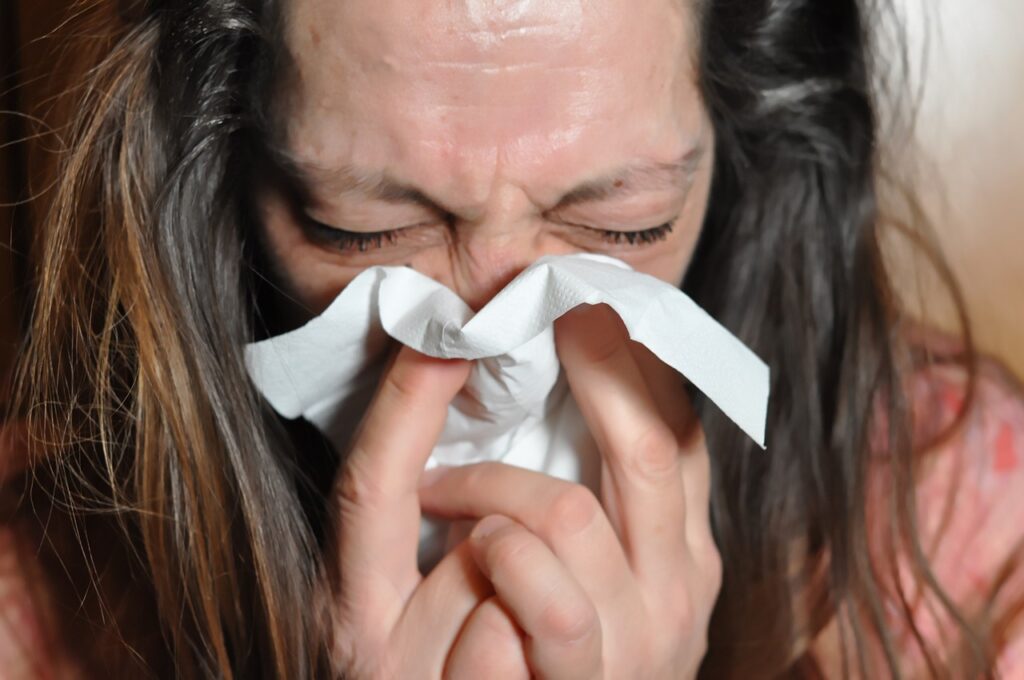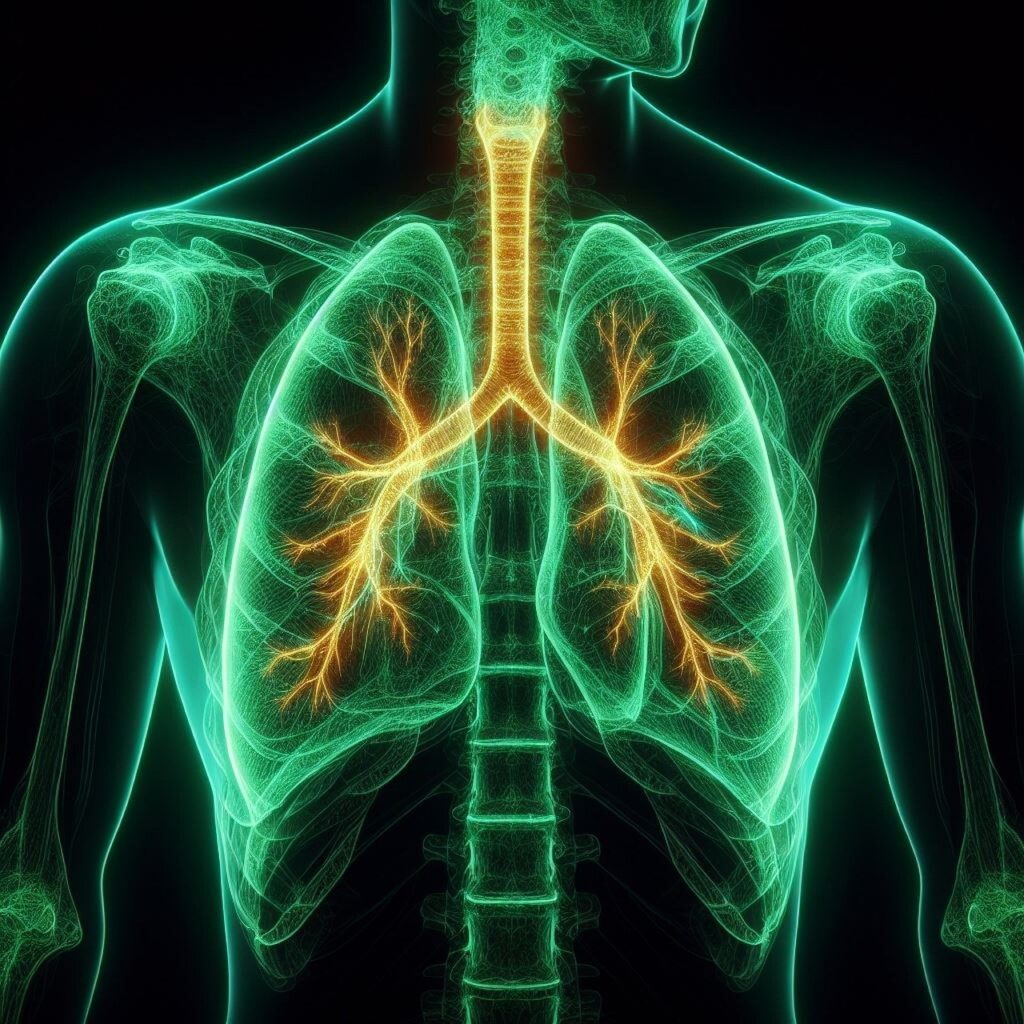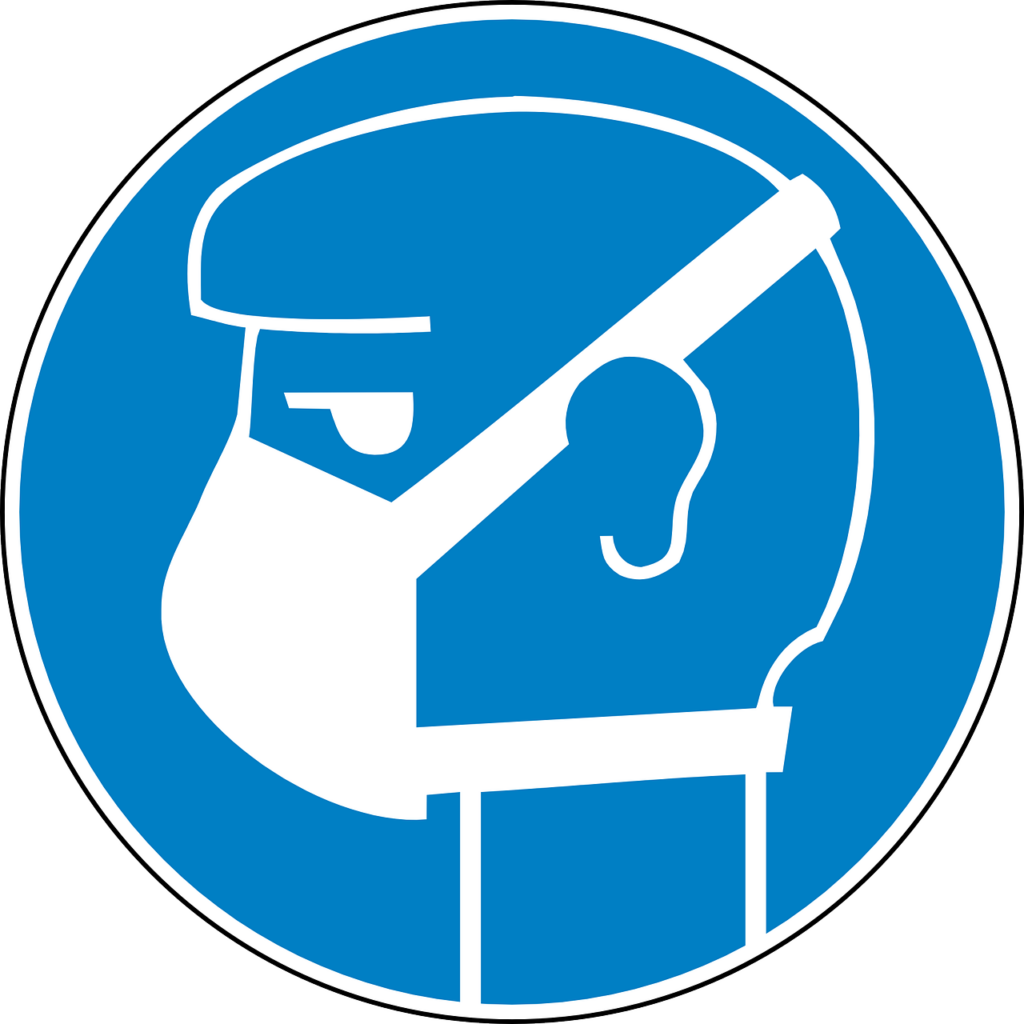Living with Chronic Obstructive Pulmonary Disease (COPD) or emphysema can be challenging, especially when it comes to managing excess mucus and phlegm. These respiratory conditions often lead to increased mucus production, which can cause discomfort, breathing difficulties, and an increased risk of infections. In this blog post, we’ll explore effective strategies for managing mucus and phlegm in COPD and emphysema, helping you breathe easier and improve your quality of life.
Understanding Mucus and Phlegm in COPD
Before diving into management techniques, it’s essential to understand why mucus and phlegm become problematic in COPD:
- Overproduction: COPD can cause the airways to produce more mucus than normal.
- Thickening: The mucus in COPD tends to be thicker and stickier than usual.
- Impaired clearance: COPD damages the cilia (tiny hair-like structures in the airways) that normally help clear mucus, making it harder to expel.
These factors combine to create a cycle of mucus buildup, which can lead to breathing difficulties, coughing, and an increased risk of respiratory infections.
Effective Strategies for Mucus and Phlegm Management
1. Stay Hydrated
Drinking plenty of water is one of the simplest yet most effective ways to manage mucus:
- Aim for 8-10 glasses of water per day
- Herbal teas and warm broths can also help
- Avoid excessive caffeine and alcohol, which can be dehydrating
Proper hydration helps thin mucus, making it easier to expel.
2. Use Airway Clearance Techniques
Several techniques can help loosen and remove mucus from your airways:
- Controlled coughing: This technique involves taking a deep breath, holding it for a few seconds, then coughing twice in a controlled manner.
- Huff coughing: Take a deep breath, then exhale forcefully with your mouth open, making a “huff” sound.
- Postural drainage: Use gravity to help drain mucus by positioning your body in specific ways.
Your respiratory therapist can teach you these techniques and help you determine which ones work best for you.
3. Try Steam Inhalation
Steam can help loosen mucus and provide relief:
- Take a hot shower
- Use a facial steamer
- Inhale steam from a bowl of hot water (be careful to avoid burns)
Adding a few drops of eucalyptus oil to the water may provide additional relief, but consult your doctor first.
4. Consider Using a Mucus Clearance Device
There are several devices designed to help clear mucus:
- Oscillating Positive Expiratory Pressure (OPEP) devices
- High-frequency chest wall oscillation vests
- Handheld mucus clearance devices
Discuss with your healthcare provider which device might be suitable for you.
5. Maintain Good Air Quality
The air you breathe can significantly impact mucus production:
- Use air purifiers in your home
- Avoid smoking and secondhand smoke
- Stay indoors when air quality is poor
- Keep your home free from dust and other irritants
6. Exercise Regularly
Physical activity can help loosen mucus and improve overall lung function:
- Engage in moderate exercise like walking, swimming, or cycling
- Always consult your doctor before starting a new exercise regimen
- Participate in pulmonary rehabilitation programs if available
7. Practice Good Nutrition
A healthy diet can help manage mucus production:
- Eat plenty of fruits and vegetables
- Consider reducing dairy intake if it seems to increase mucus (though evidence for this is mixed)
- Include foods rich in omega-3 fatty acids, which may help reduce inflammation
8. Use Medications as Prescribed
Several medications can help manage mucus in COPD:
- Bronchodilators to open airways
- Mucolytics to thin mucus
- Corticosteroids to reduce inflammation
Always take medications as prescribed by your doctor and report any side effects.
9. Consider Saline Nasal Rinses
Nasal irrigation with saline solution can help clear mucus from the nasal passages:
- Use a neti pot or nasal spray with sterile saline solution
- Follow proper hygiene practices to avoid introducing bacteria
10. Manage Allergies and Sinus Issues
Allergies and sinus problems can exacerbate mucus production:
- Identify and avoid allergens when possible
- Use antihistamines or nasal corticosteroids as recommended by your doctor
- Treat sinus infections promptly
When to Seek Medical Attention
While these strategies can help manage mucus and phlegm, it’s important to know when to seek medical help. Contact your healthcare provider if you experience:
- Increased difficulty breathing
- Changes in mucus color (especially to yellow, green, or blood-tinged)
- Fever or other signs of infection
- Significant increase in mucus production
Final Words
Managing mucus and phlegm is an essential part of living with COPD or emphysema. By implementing these strategies and working closely with your healthcare team, you can improve your breathing, reduce discomfort, and enhance your overall quality of life. Remember, everyone’s experience with COPD is unique, so it may take some time to find the combination of techniques that works best for you. Stay patient, persistent, and proactive in your mucus management efforts, and don’t hesitate to reach out to your healthcare provider for support and guidance.

